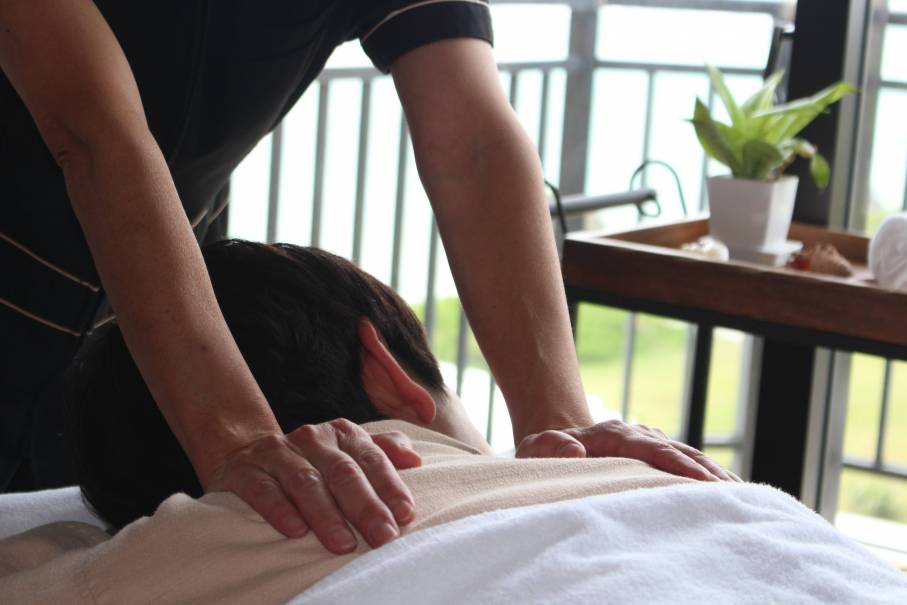
Reflexology, an old healing technique that goes back hundreds of years, has gotten renewed passion in the modern globe as people look for alternative methods for enhancing their wellness and health. This all natural treatment is based on the concept that particular factors on the ears, hands, and feet represent different body organs and systems within the body. By applying pressure to these points, practitioners intend to promote recovery, ease tension, and bring back equilibrium to the body.
The beginnings of reflexology can be mapped back to ancient worlds, consisting of Egypt and China. A pictograph found in the tomb of an Egyptian physician, dating around 2330 BC, illustrates what shows up to be a reflexology therapy. Over the centuries, numerous societies have established their own kinds of pressure point treatment, yet it had not been till the early 20th century that reflexology as we know it today started to take shape.
Dr. William Fitzgerald, an American ear, nose, and throat physician, is credited with introducing “area therapy” to the Western world in the very early 1900s. His job was later fine-tuned and increased upon by Eunice Ingham, often referred to as the “mom of modern reflexology.” Ingham established comprehensive maps of response factors on the hands and feet, which form the basis of contemporary reflexology methods.
The core belief in reflexology is that the body is interconnected, which by stimulating details reflex factors, one can affect the functioning of equivalent body organs and systems. The ideas of the toes are thought to correspond to the head, while the ball of the foot is connected with the upper body and lung location. By applying pressure to these locations, reflexologists aim to clear power clogs, boost circulation, and promote the body’s all-natural recovery processes.
While clinical research study on reflexology is recurring, many individuals report experiencing a series of gain from normal sessions. These may consist of lowered tension and stress and anxiety, improved rest high quality, enhanced circulation, and remedy for various sorts of discomfort, including migraines and menstruation discomfort. Some individuals additionally locate reflexology helpful in managing signs connected with persistent problems such as fibromyalgia and arthritis.
A common reflexology session generally lasts between 30 minutes to an hour. The expert will begin by evaluating the client’s wellness background and existing issues. The therapy itself includes applying differing levels of pressure to specific points on the hands, feet, or ears, depending on the kind of reflexology being practiced. Several individuals discover the experience deeply enjoyable and may also drop off to sleep during the session.
It’s essential to keep in mind that while reflexology can be a useful enhance to conventional treatment, it ought to not be considered as a substitute for expert medical guidance or therapy. Constantly seek advice from a doctor before beginning any new health and wellness program, particularly if you have pre-existing clinical conditions or are expecting.
As passion in all natural health practices proceeds to grow, reflexology is likely to preserve its appeal as a mild, non-invasive strategy to promoting total health. Whether you’re looking for tension relief, pain administration, or simply a way to kick back and reenergize, exploring the old art of reflexology may simply be the step in the direction of far better health you’ve been trying to find.
Over the centuries, numerous cultures have developed their own kinds of stress point therapy, but it had not been till the early 20th century that reflexology as we know it today started to take form.
Ingham developed detailed maps of reflex factors on the hands and feet, which develop the basis of contemporary reflexology practices.
The core idea in reflexology is that the body is interconnected, and that by stimulating particular reflex points, one can influence the functioning of matching body organs and systems. JKリフレどっとこむ involves using differing degrees of pressure to certain factors on the ears, hands, or feet, depending on the type of reflexology being exercised.
